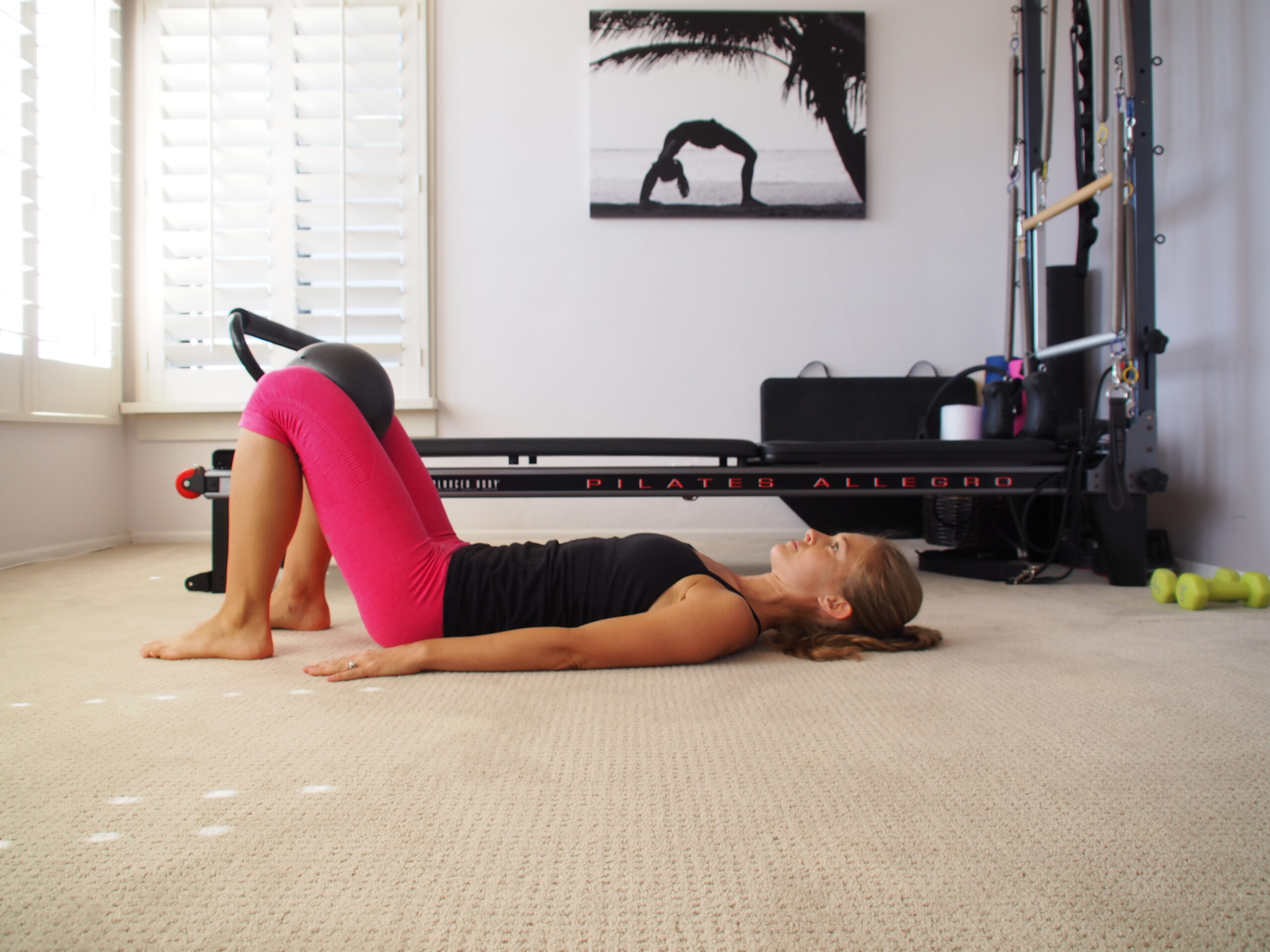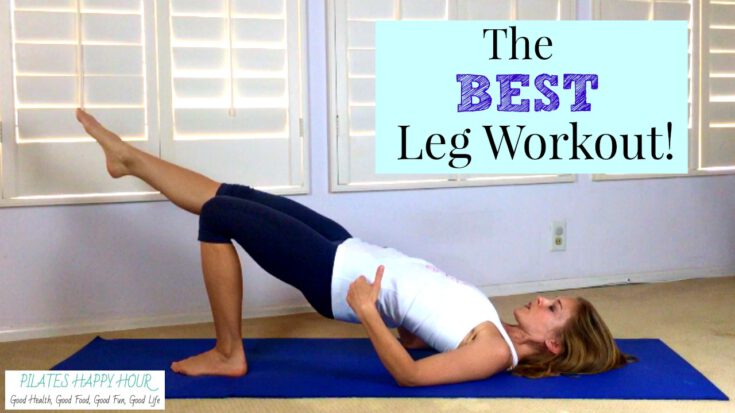I give a lot of homework to my patients. While seeing me in the clinic is hugely important to a person’s outcome, it’s what that person does at home every day that is going to make the biggest difference in their longterm improvement. I always use the first visit to educate my patient on their condition and current posture, and give them corrections and exercises to work on every day at home until I see them again. I will then add to or adjust the home exercises as needed, and continue with our treatment in the clinic. I can say absolutely that the people who take 10 minutes every day – just 10 minutes! – to do their exercises at home have better outcomes than those who don’t.
While every person, pain, injury and condition is different, 99% of people who come to me with neck or back pain have the same underlying problems of limited segmental movement in the spine, poor core and pelvic stabilization, weak abdominal and hip muscles and basic postural imbalances. That doesn’t mean these things have led directly to their pain and condition. It could be that, but it’s more likely that the pain or injury happened first, and these things have developed overtime as compensatory mechanisms. Either way, they need to be corrected so the body can start to feel what “home” and correct alignment and movement are again.
There are four exercises I give almost all of my clients who see me for any sort of low back or neck pain. During my years as a PT, I’ve discovered that these exercises help give the foundation of movement and stabilization that my clients need to have so that we can build to more efficient and effective strengthening. Think of your body as a building – a beautiful work of modern architecture. The building is strong and elegant. You can clean the windows and build more stories and make it as pretty as you want. Then an earthquake occurs. Earthquakes in life can include injuries, car accidents, giving birth, falls, etc… It doesn’t matter how beautiful that building is – if the foundation is weak, it will collapse. In PT, I just move that building to the side for a bit and work on the FOUNDATION. It’s not glamorous, but it’s imperative for a healthy and strong building. Then, once that foundation is solid, we can move the building back on top, so you can continue to work it however you want (running, cycling, bodybuilding, swimming, etc…), but in a much safer and healthier way. When another earthquake comes, your building can adjust and flow and not lose it’s structural integrity.
These exercises aren’t meant to replace structured physical therapy with a licensed physical therapist. There are a multitude of benefits to seeing a rehab professional when you have any kind of injury or back pain. If you are in Hawaii, our PTs at Harmony Pilates & Physical Therapy can give you one on one treatment and education for your specific condition, and we would love to see you. This is most often covered by insurance. Wherever you do live, I highly recommend seeking out a skilled PT who can give you individualized guidance.
Before we get into the exercises, I want to note a few things:
1) While I give these to most of my patients, I don’t give them to all of my patients. I can’t be there with you at home doing an examination or evaluation, so I don’t know your specific pains or limitations. Please keep in mind these are general exercises for most people with chronic mild to moderate low back and/or neck pain. If you have sharp and shooting pains, numbness or tingling, new pains, dizziness, blurred vision, or any other “red flag”, please talk to your doctor right away before starting this program. These exercises should definitely not make you feel worse, so if you have any increased pain while doing them, stop immediately. As always, you should be cleared by your physician before beginning an exercise program.
2) When looking at these exercises, you might wonder how the neck is involved. The neck is the top portion of our spine. Anything that happens in the neck and upper back is related to what’s happening in the hips and lower back, and vice versa. Usually, when a person has neck pain or conditions in the cervical spine and musculature, they will lose proper movement and core stabilization in the rest of the spine and pelvis. This happens out of guarding, muscle imbalances or compensation patterns. I have found that restoring proper movement and muscle balance in the rest of the spine and torso can help the cervical spine and neck. Again, these aren’t the only exercises I give, but it’s where I like to start.
3) Many people come to me who have lived with chronic low back pain for years. They are marathon runners and Crossfit athletes, moms and construction workers. Some could easily do 100 crunches or 100 squats if I asked them to, and my exercises seem very simple in comparison. We tend to think more is better. Even though you might be able to do 100 squats, if you have pain, you are probably doing them wrong. You might be strong enough to lift a tire over your head, but if your body is using old patterns it’s learned over time due to your spine moving incorrectly, you are just reinforcing that poor movement pattern and making the problem worse. Please don’t feel you can substitute the hip adductor machine at the gym or deadlifts for the exercises below. Remember that building! Move it to the side so I can work on your foundation – the muscles no one sees – then you can go back to your bigger and more fun activities with much more efficiency and safety.
4) I have to do these every day? Yes, every day. It takes 40 days to develop a habit, and you need these movements to be habitual in your body. After your 40 days, take it down to 2-3 times a week for one month, then drop to one time a week for a month. In the future, if you find your pain starting to creep back in, pull those exercises out of your file cabinet and get back into them. Your body might need a “tune up” and a reminder of proper movement.
5) When I see my patients, I start with these exercises to make sure we have the foundation set, and then I progress them. I add pieces to each of these exercises to challenge the body and start making the movements more functional, but I’ll keep coming back to these as a “check in”. These exercises might feel easy after a few weeks, but continue to do your 40 day challenge. You can add a few reps if you’d like, but please avoid the desire to do a lot of reps really fast to make it harder. This is about slow and controlled movement. You can always start to add your regular activity back in if you feel well enough and have clearance from your doctor, but keep coming back to these to make sure the movement is solidified in your body.
My Beginner Physical Therapy Exercises for People with Back and/or Neck Pain
1) Find your correct posture and learn to contract your lower abdominal muscles in that posture


2) Ball Squeeze
 Use a small, soft, air-filled ball (like a beach ball) or use a pillow you’ve folded in half. Lay on your back and place the ball or pillow between your knees. Make sure you are in neutral spine with your belly button pulled into your spine. Do not squeeze your buns or flatten your back when you do it, and remember to breathe. Only squeeze 50% of your effort – don’t squeeze as hard as you possibly can. Squeeze the ball or pillow and hold this for 10 seconds. Do this 10 times. This will start to strengthen your hip adductor muscles (inner thighs) which have a direct relationship to your lower abdominal muscles.
Use a small, soft, air-filled ball (like a beach ball) or use a pillow you’ve folded in half. Lay on your back and place the ball or pillow between your knees. Make sure you are in neutral spine with your belly button pulled into your spine. Do not squeeze your buns or flatten your back when you do it, and remember to breathe. Only squeeze 50% of your effort – don’t squeeze as hard as you possibly can. Squeeze the ball or pillow and hold this for 10 seconds. Do this 10 times. This will start to strengthen your hip adductor muscles (inner thighs) which have a direct relationship to your lower abdominal muscles.
3) Bridges
Keeping the ball or pillow between your knees, take an inhale breath. On an exhale, roll your spine up one vertebrae at a time until you are in a straight line at the top. Inhale to pause. Exhale to roll back down one vertebrae at a time until you arrive in neutral on the floor. Inhale to pause, and repeat. The goal is trying to roll through your spine one vertebrae at a time, and to keep your hips level (don’t let one drop or lift more than the other). This will strengthen your hamstrings, gluteal muscles, hip stabilizers and low back stabilizers. It will also help you gain segmental movement in your vertebrae. NOTE: if you have a disc herniation either in your neck or low back that is causing you symptoms, please skip this exercise. If you have a lumbar or thoracic fusion, please do not roll one vertebrae at a time. Instead, lift your hips straight up and then back down, keeping yourself in a straight line. Do two sets of 10 bridges.
4) Clamshells
 Lay on your side with your shoulders and hips stacked on top of one another. You can either rest your head flat or hold it in your hand (if you have neck pain, you may want to rest your head down and possibly use a pillow for support). Your knees are bent in front of you, and your heels are in the same line as your spine and your tailbone. Your knees and feet are resting on top of one another. On an exhale lift your top knee only as high as you can WITHOUT your hip rolling back. Keep your feet together. Your top hip should not roll back and your pelvis and back shouldn’t move. If they do, you have lifted your knee too high. This will work the external rotators of your hip, and strengthen the rotary stability of your lumbar spine. Do two sets of 10 repetitions on each side.
Lay on your side with your shoulders and hips stacked on top of one another. You can either rest your head flat or hold it in your hand (if you have neck pain, you may want to rest your head down and possibly use a pillow for support). Your knees are bent in front of you, and your heels are in the same line as your spine and your tailbone. Your knees and feet are resting on top of one another. On an exhale lift your top knee only as high as you can WITHOUT your hip rolling back. Keep your feet together. Your top hip should not roll back and your pelvis and back shouldn’t move. If they do, you have lifted your knee too high. This will work the external rotators of your hip, and strengthen the rotary stability of your lumbar spine. Do two sets of 10 repetitions on each side.





